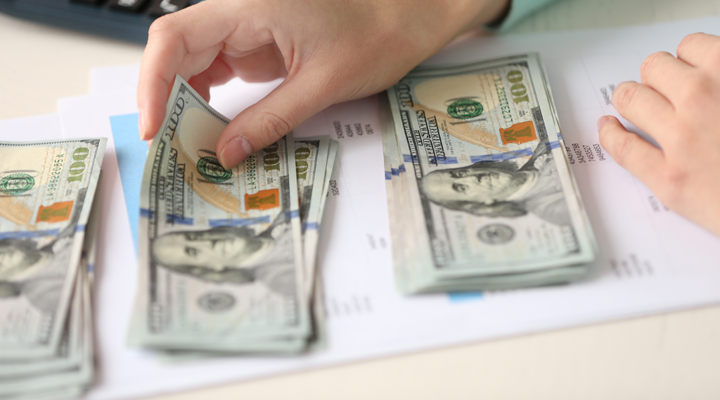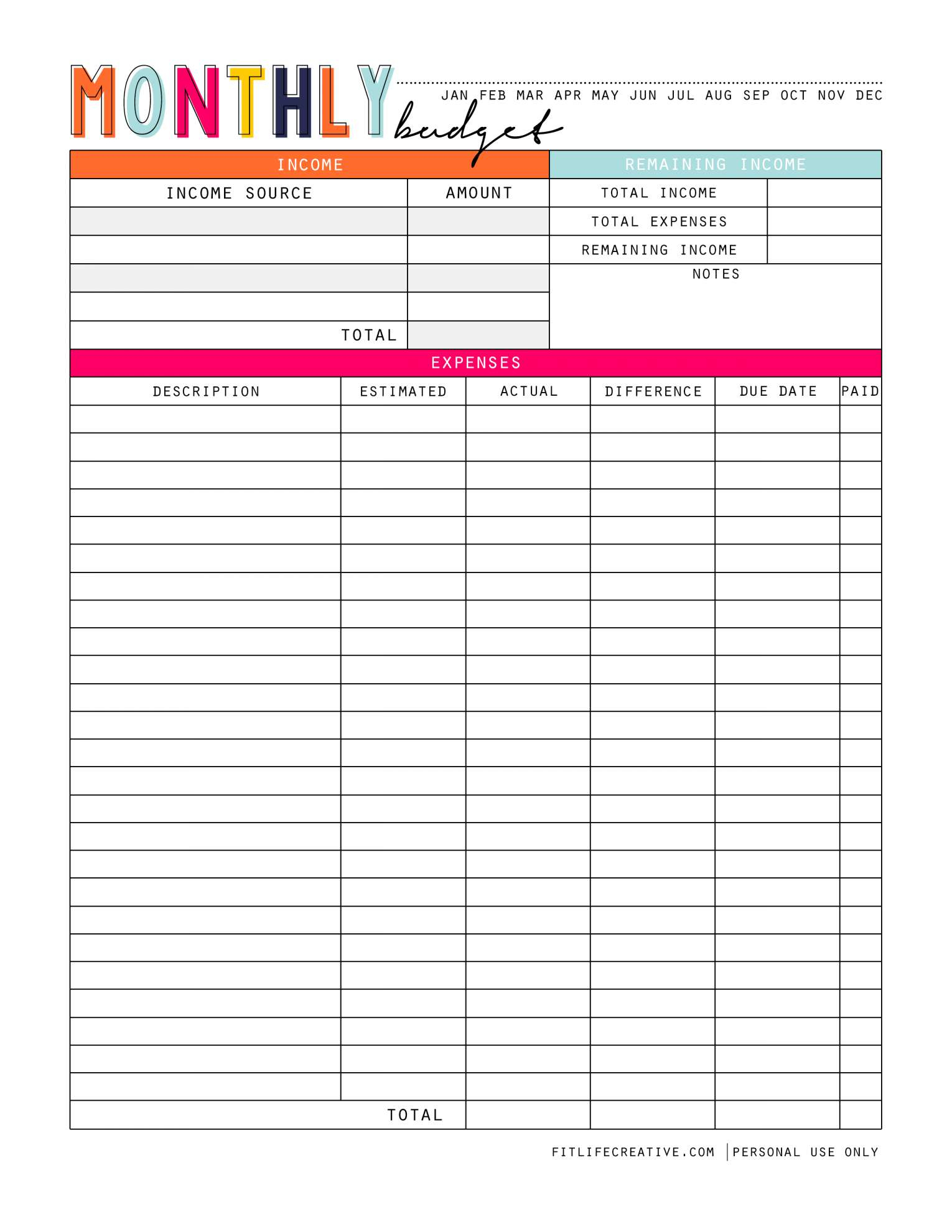

- #Examples of fixed monthly expenses how to
- #Examples of fixed monthly expenses update
- #Examples of fixed monthly expenses trial
- #Examples of fixed monthly expenses free
You can cancel your Tiller trial before it ends without being charged.Īlternatively, you can manually import bank CSV files into a Google Spreadsheet. This makes building your budget much faster and easier.

#Examples of fixed monthly expenses free
If you’re not using Tiller, you can sign up for a free 30-day trial and import up to 3 months (sometimes more) of your past transactions. If you’re already using Tiller, your spending and income is already organized in your Google or Excel spreadsheets. Gather several months of your finances into one dashboardīefore you can determine your One Number Budget, you’ll need to know your past spending and income trends.
#Examples of fixed monthly expenses how to
Track Your Daily Spending on a Monthly Budget Calendar How to create a One-Number Budget 1. “The reason this approach works so well for so many people is because it’s super straightforward - the idea is to calculate how much money you can afford to spend on “flexible costs” (aka the things that you have to make decisions about) each week, and then you only have to remember that one number on a day-to-day basis.” – Sofia Figueroa You’re better prepared for unexpected expenses.You always have enough to cover your monthly fixed expenses.You can easily adjust your spending habits without having to constantly track multiple categories or budgets.One clear number avoids confusion with traditional budgeting methods.The One-Number Budget has several benefits, especially for those new to budgeting or looking for an easier way to manage their money: Benefits of the One Number Budget Approach You can estimate your One-Number Budget with this simple spreadsheet calculator. This differs from other budgeting methods that require detailed tracking of every expense.įixed monthly expenses + Average non-monthly expenses + Financial goals – Total monthly income ÷ 4.3 = Your total weekly One-Budget Number for discretionary spending The One-Number Budget simplifies the process of managing your money by focusing on one key number – your weekly spending limit. Tiller is an excellent tool for following the One Number Budget approach, because it imports data from all your financial accounts into one spreadsheet and features customizable categories, tags, and groups. Unfortunately, I lack the technical know-how to build this sheet myself.” Ultimately, I want to have a running total that shows how much discretionary spending I have left each month. I also want to include my savings and debt payoff goals in the fixed expense category.
#Examples of fixed monthly expenses update
I aim to create a list of all my fixed expenses, which will update automatically once they’ve been paid from my account. My plan is to use the Category tab to divide my expenses into Fixed and Variable categories.

I have attempted to use the Spending Money sheet, but it doesn’t work as I want it to. “I am trying to create a sheet that functions as a One Number Budget. This example is more about fixing a variable expense, or making it definite.Over in the Tiller Community, a member asked about using the One-Number Budget in a spreadsheet: (By the way, I’m not saying $200 is the perfect amount to spend on monthly “dining out” expenses your income and other expenses will determine that. Your spending in that category will not vary it will be $200. This means you would allot $200 in your budget for dining out that is your set limit. For instance, in the previous dining out example, you may want to fix your “dining out” expense at, say $200 a month in your budget. That is, set a definite amount for each expense in your budget, even if it’s variable. The solution: Try to “fix” all your expenses. Variable expenses make it easy to erroneously overspend. Variable expenses are not good for financial planning because you don’t know how much you are spending on them and the extra costs can hurt your budget if the expense grows. One month you may spend $150 dining out and another month you may spend $350. For example, dining out is a classic variable expense. Variable expenses are not definite and can change. Fixed expenses are great for financial planning because we know how much they cost and we can plan for them and how they affect our budget. Rent will be $800 (or whatever the amount is) every month. For example, rent (when you sign a lease) can be a fixed expense (during the lease anyway). Let’s take this opportunity to discuss some ways to look at expenses.įixed expenses are a definite amount every month and do not change. Let’s transition to the other half of your budget: monthly expenses, or, in other words, what you spend your money on. “I couldn’t believe how much I was spending on dining out!”


 0 kommentar(er)
0 kommentar(er)
